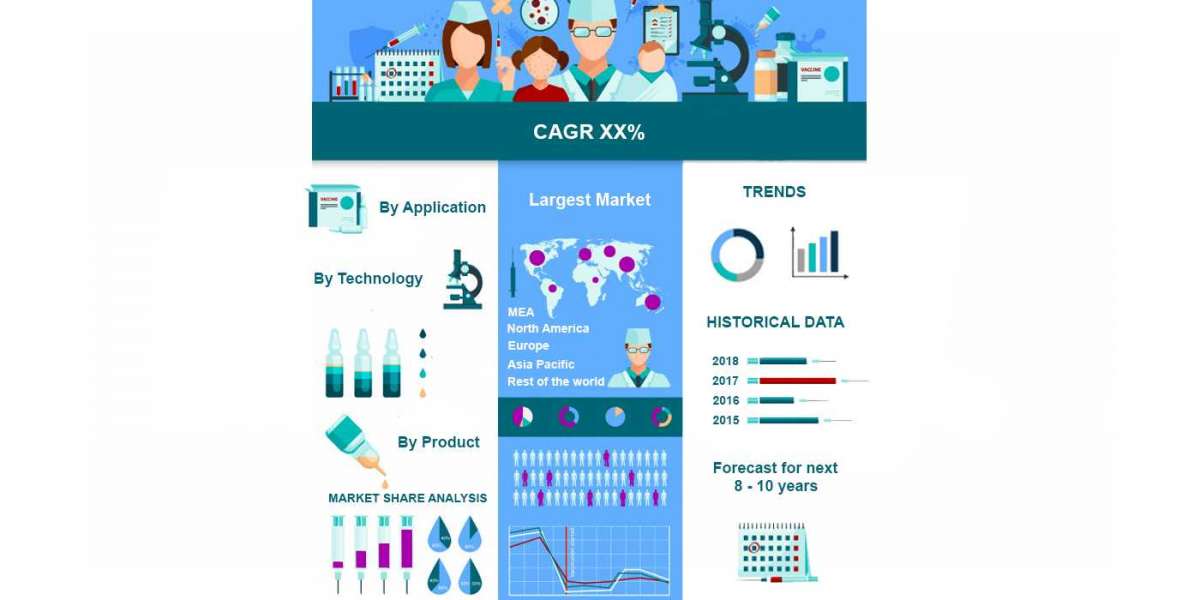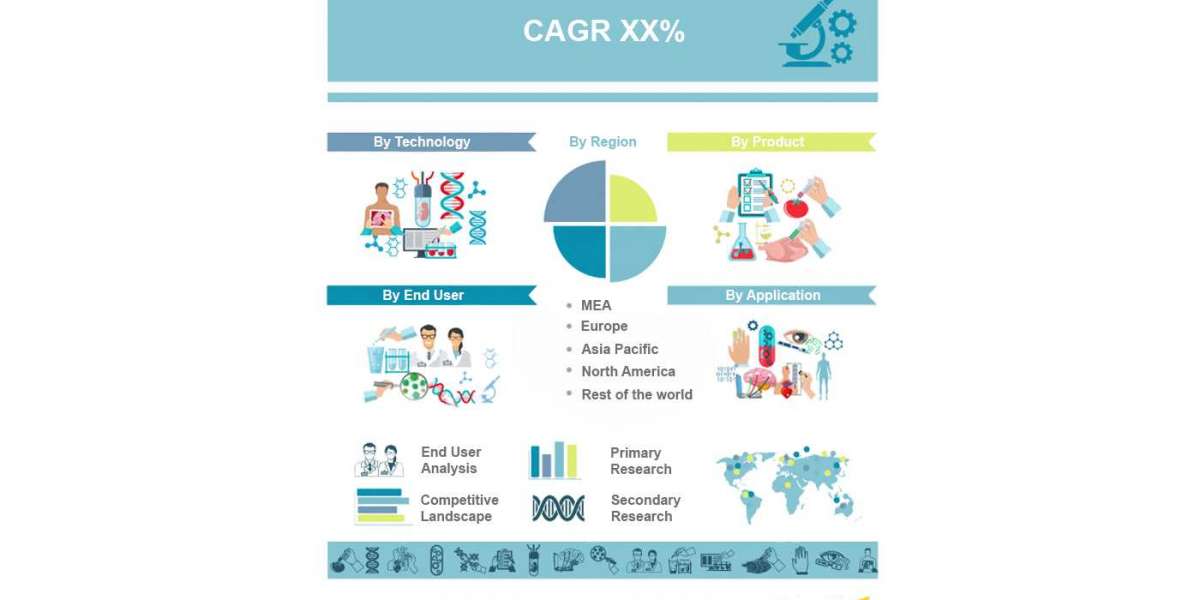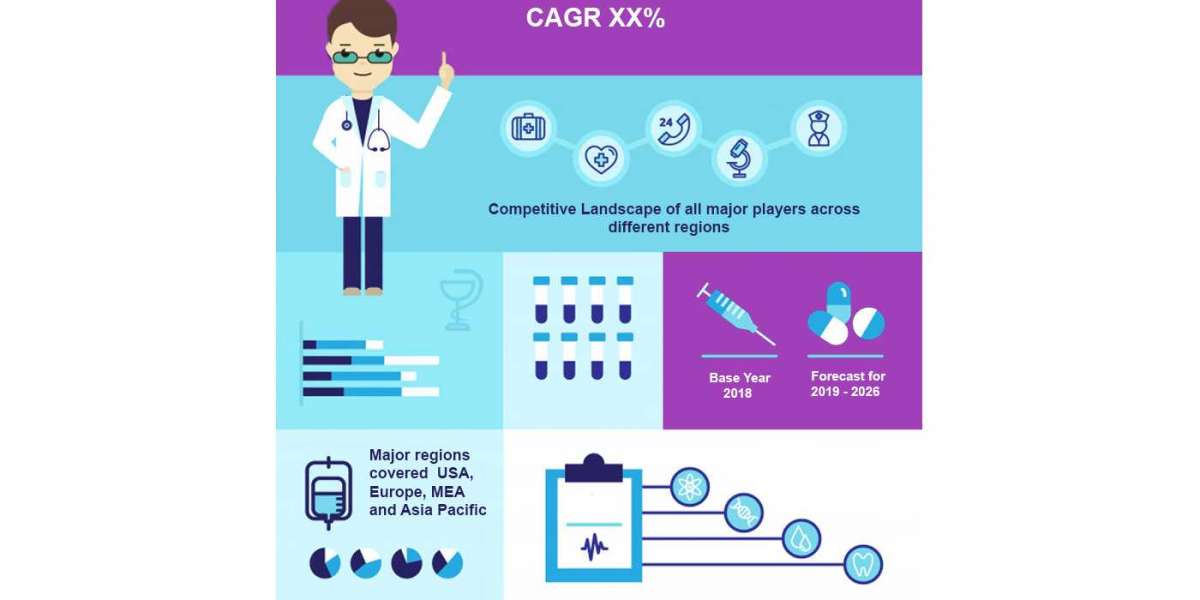The Centers for Medicare and Medicaid Services (CMS) plays a crucial role in managing healthcare programs in the U.S. One of CMS's key mechanisms for ensuring proper payment adjustments across Medicare Advantage (MA) plans and other healthcare programs is risk adjustment. Risk adjustment ensures that payments are accurate and fair, based on the health status of enrollees. The goal is to avoid overpayment for healthier individuals and underpayment for those with higher healthcare needs.
As of 2024, CMS introduced Version 28 (V28) of the CMS-HCC Risk Adjustment Model, a critical update aimed at improving the accuracy of risk score calculations and reflecting the evolving healthcare landscape. The CMS-HCC (Hierarchical Condition Categories) model is an algorithm used to predict future healthcare costs based on diagnoses from patient data. Each version update incorporates modifications to the conditions considered, the coefficient values, and the risk adjustment factors, making it essential for healthcare providers and MA plans to understand these changes.
CMS-HCC Risk Adjustment Model Overview
The CMS-HCC Risk Adjustment Model assesses enrollees' expected costs by categorizing diagnoses into hierarchical groups. These hierarchical condition categories (HCCs) capture severe and chronic health conditions. The model then assigns risk scores to individuals, which influence the reimbursement rates for MA plans.
The model works by:
- Collecting diagnosis codes from healthcare providers.
- Mapping the codes to HCC categories.
- Assigning risk scores based on the HCCs, patient demographics, and other factors (e.g., age, gender, Medicaid status).
Each HCC is associated with a specific coefficient, which contributes to the individual’s risk score. These coefficients reflect the relative weight or cost burden of treating individuals with particular conditions.
CMS V28 Risk Adjustment Model
The V28 update of the CMS-HCC model incorporates various changes to improve its predictive power and better reflect the cost variations associated with different health conditions. Key highlights of V28 include:
Refinement of HCCs: CMS regularly reviews the conditions included in the model, adding or removing categories based on updated clinical insights and cost trends. The V28 update involves some reorganization of existing HCCs and the addition of new categories.
Revised Coefficients: V28 introduces new coefficients, updating the weights assigned to various conditions based on recent data. These coefficients are key in calculating the final risk scores that affect reimbursement rates.
Focus on Chronic Diseases: As with previous versions, the V28 model places a significant focus on chronic conditions, such as diabetes, cardiovascular disease, and chronic obstructive pulmonary disease (COPD). These conditions are typically the most cost-intensive, and CMS continually updates the coefficients to better reflect the true costs of managing these conditions.
Key Changes in CMS-HCC Model V28 Coefficients
The coefficients in the V28 model have been updated to reflect the latest available data on healthcare spending. These updates are intended to improve the accuracy of the risk score calculations and ensure that payments more accurately represent the actual costs of providing care to Medicare Advantage enrollees.
1. Refinement of Risk Weights:
The V28 model refines the weights assigned to various conditions. For example, conditions that have seen an increase in prevalence and treatment costs over recent years may now carry higher coefficients. Conversely, conditions that have become less costly to manage may have lower coefficients. This recalibration ensures that the model continues to accurately reflect current healthcare trends.
2. Changes to Hierarchical Grouping:
Some conditions may have been reassigned to different HCCs, either because of advancements in medical understanding or changes in how conditions are treated and managed. This restructuring can affect the risk scores of certain patient groups and may influence the reimbursement levels for their care.
3. Addition of New Conditions:
New HCCs have been added in the V28 model to capture conditions that have become more prevalent or costlier to manage. This helps to ensure that the model remains comprehensive and capable of accurately predicting costs for a broad range of health conditions. cms-hcc risk adjustment model v28 coefficients
How CMS-HCC Coefficients are Applied
The coefficients are applied in conjunction with patient-specific factors to calculate a total risk score. This risk score determines the amount of reimbursement a plan receives. The model considers:
- Demographics: Age, sex, and Medicaid status play a significant role in the calculation.
- Health Conditions: Diagnosed conditions are mapped to HCCs, and each HCC has an associated coefficient.
- Interaction Terms: Some conditions are more costly when they occur together. The model includes interaction terms to capture this added complexity.
For example, a patient with diabetes and chronic kidney disease will have their risk score adjusted based on the interaction of these conditions, reflecting the higher costs associated with managing both simultaneously.
Implications for Healthcare Providers and MA Plans
The V28 update has several implications for healthcare providers and Medicare Advantage plans:
Accurate Coding: It is critical for providers to accurately document patient diagnoses to ensure that the appropriate HCCs are captured. Inaccurate coding can result in lower risk scores and reduced reimbursement.
Financial Planning: MA plans must carefully monitor changes to the risk adjustment model to anticipate shifts in revenue. Changes in coefficients and the addition of new HCCs can significantly impact reimbursement, particularly for plans with large populations of patients with chronic conditions.
Quality of Care: The updates in V28 also aim to encourage better management of chronic conditions by aligning payments with the actual cost of care. Plans that excel at managing high-risk patients could see improved financial performance under the updated model.
Conclusion
The CMS-HCC Risk Adjustment Model V28 represents the latest iteration in a continuously evolving system designed to ensure that Medicare Advantage plans are fairly compensated for the care they provide to beneficiaries. The model's updates, particularly the recalibrated coefficients and the refinement of HCC categories, are intended to improve the accuracy of risk scores and reflect changes in the cost of healthcare delivery.
Healthcare providers and Medicare Advantage plans must stay informed about these updates and adjust their strategies accordingly to optimize reimbursement and ensure continued high-quality care for their patients. The V28 model's focus on chronic diseases and accurate risk stratification will continue to shape how care is delivered to Medicare beneficiaries across the country.









